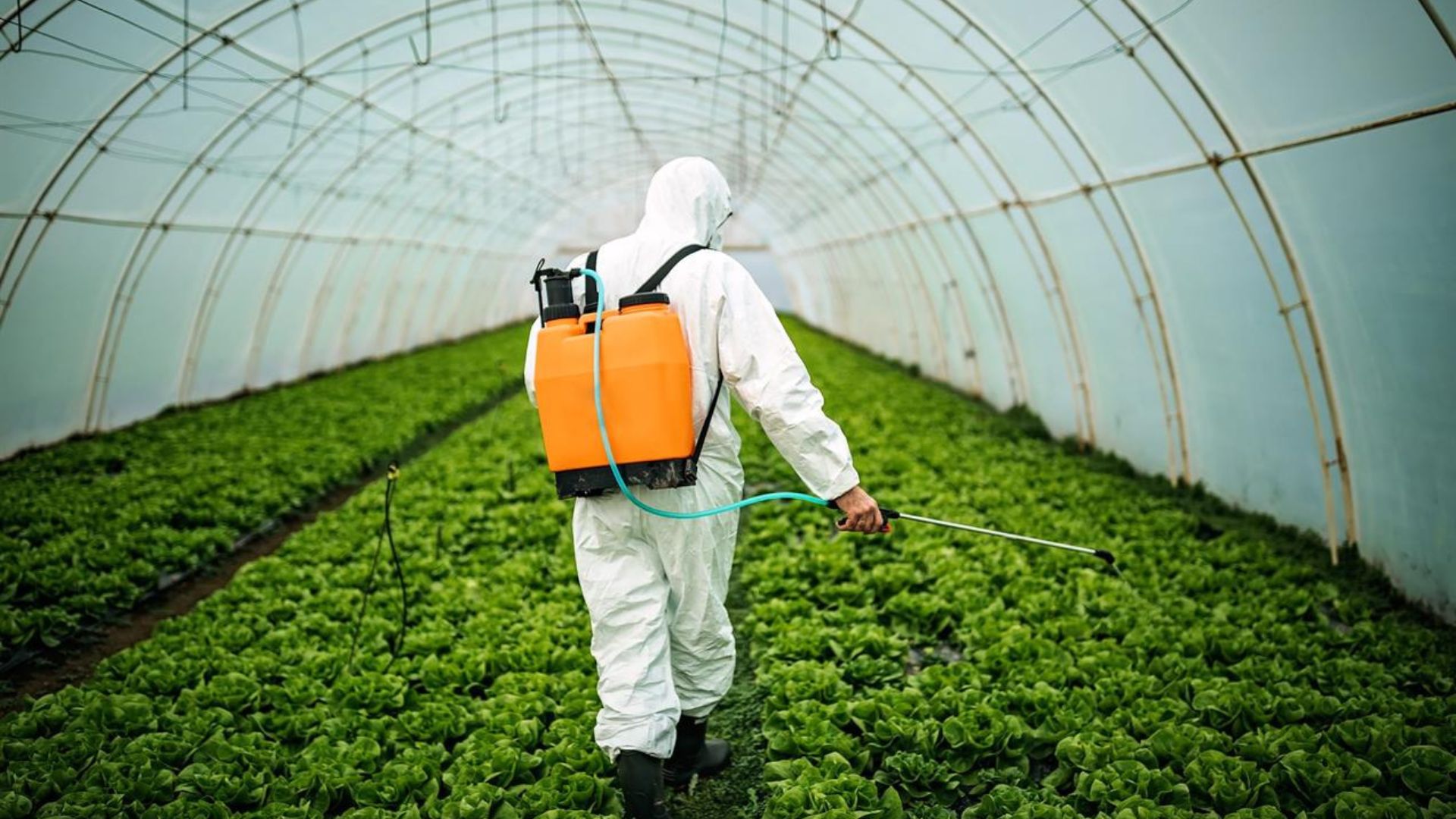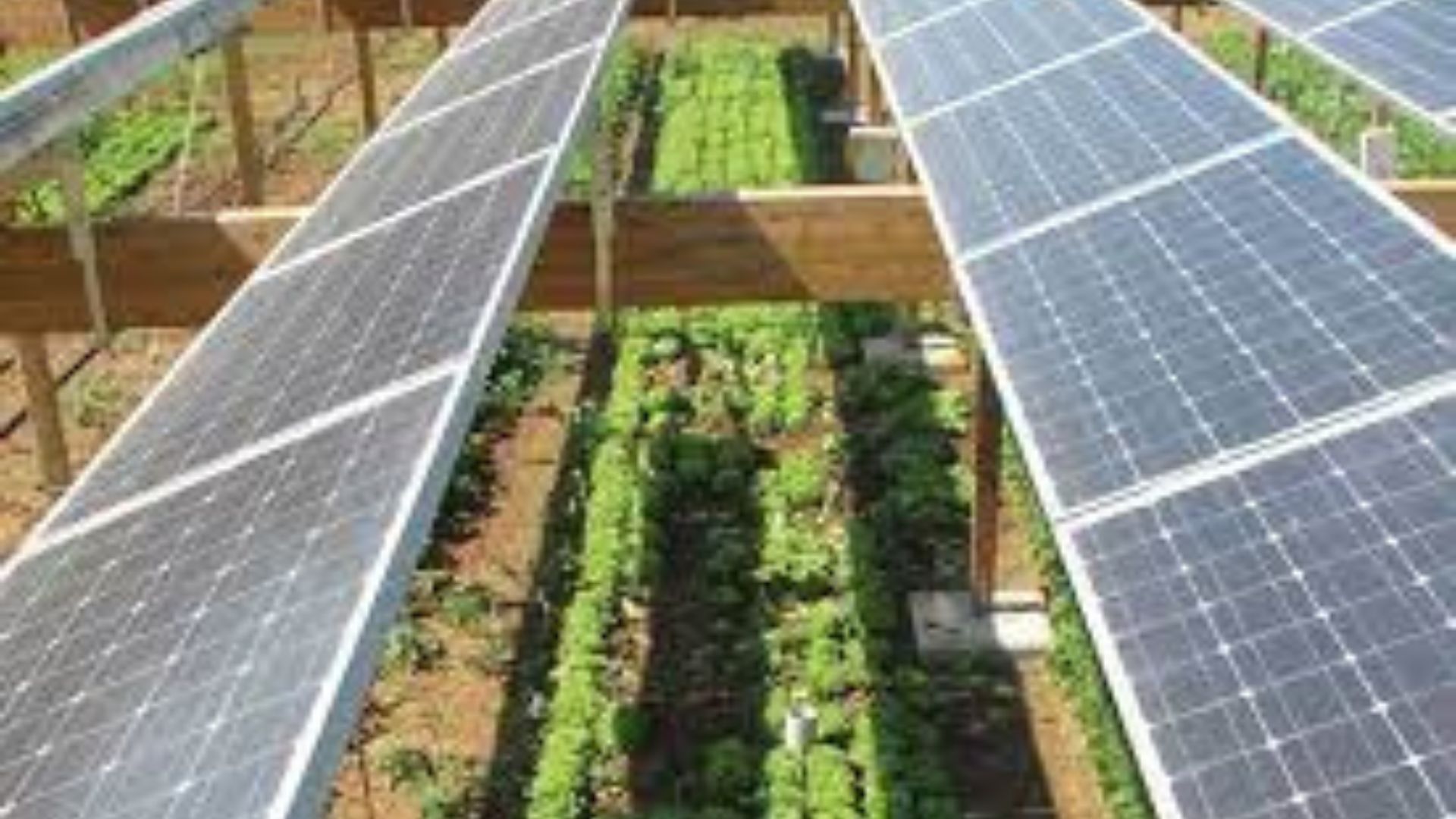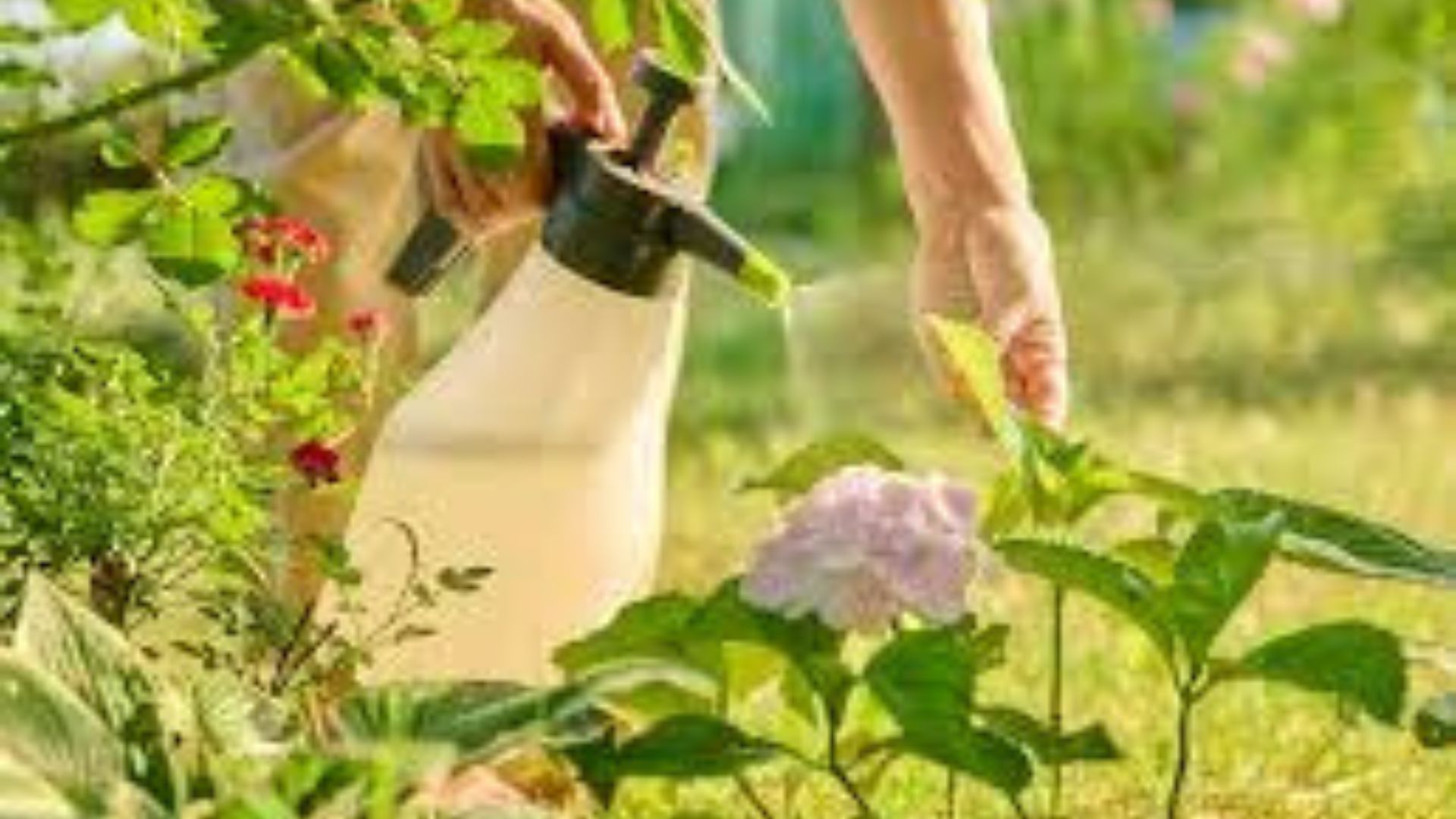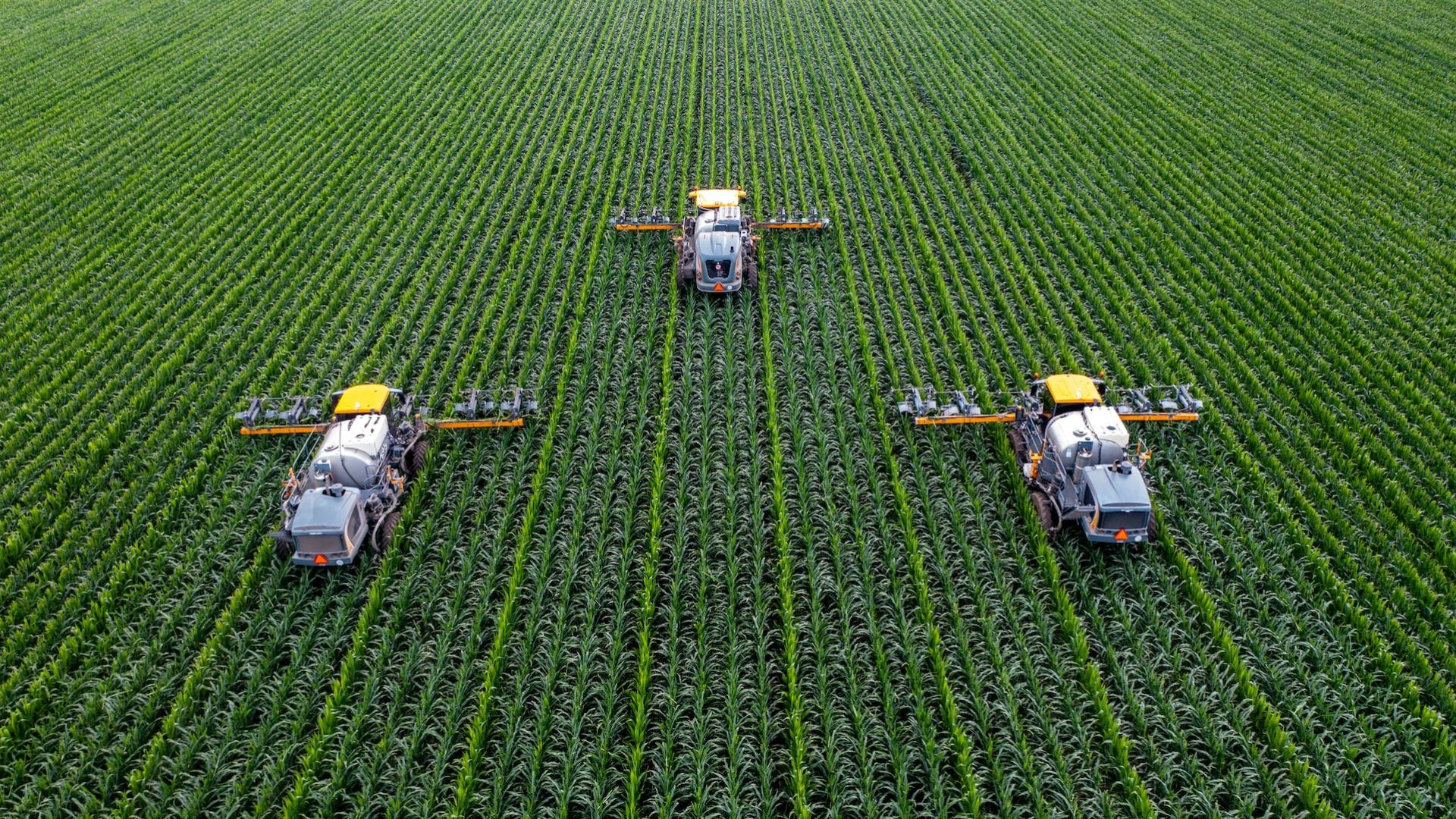Reducing chemical use on farms is not just an environmental choice—it’s an economic and ethical one. Excessive reliance on synthetic fertilizers and pesticides can degrade soil, harm water sources, and threaten beneficial wildlife. Thankfully, there are proven and practical ways to grow healthy crops while minimizing chemical inputs. If you’re wondering how to reduce chemical use on farms, these sustainable strategies will help you make meaningful, long-lasting changes.
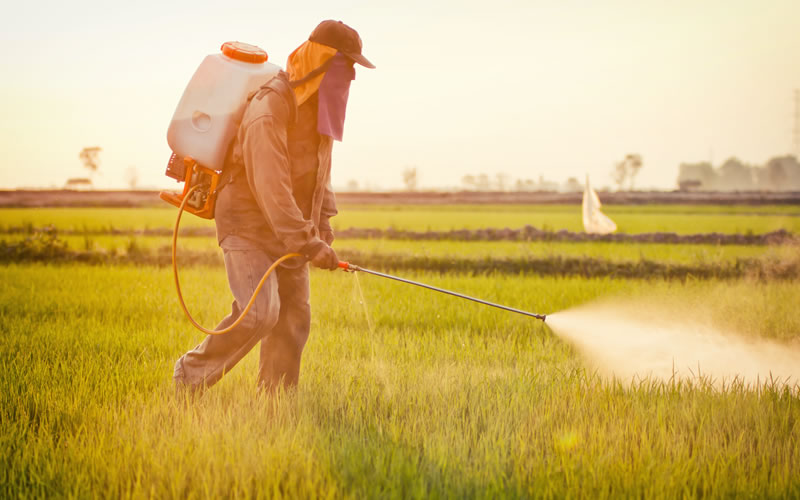
Start with Soil Health
Healthy soil is the foundation of low-chemical farming. When soil is rich in organic matter and teeming with microbial life, it naturally supports plant health and reduces the need for synthetic fertilizers. Use compost, aged manure, and cover crops to build organic matter and feed beneficial soil organisms. Rotating crops and reducing tillage also help preserve soil structure. With improved soil fertility, your plants become more resilient and require fewer chemical interventions.
Implement Integrated Pest Management (IPM)
One of the most effective approaches to reducing pesticide use is Integrated Pest Management (IPM). This method combines observation, biological controls, and targeted treatment to manage pests efficiently. Instead of applying chemicals as a first response, IPM encourages monitoring pest levels and only intervening when necessary. Introducing natural predators like ladybugs or using pest-resistant crop varieties can help keep pest populations in check—naturally and effectively.
Grow a Diverse Range of Crops
Crop diversity plays a crucial role in minimizing chemical dependence. Monocultures are more vulnerable to pests and diseases, often requiring frequent chemical applications. By planting a variety of crops and rotating them each season, you disrupt pest life cycles and reduce soil-borne diseases. Companion planting—growing certain crops together—also supports this goal. For example, marigolds can deter nematodes, and basil can repel aphids when planted near tomatoes.
Use Organic Fertilizers and Natural Amendments
Replacing synthetic fertilizers with organic alternatives is a key step in learning how to reduce chemical use on farms. Organic fertilizers, such as compost tea, seaweed extract, bone meal, and green manure, release nutrients slowly and improve soil health over time. Unlike chemical fertilizers that may leach into water sources, organic inputs enhance long-term fertility and support a balanced soil ecosystem.
Control Weeds with Physical and Cultural Methods
Herbicides are commonly overused, but there are effective ways to manage weeds without chemicals. Mulching with straw, wood chips, or biodegradable fabric suppresses weed growth and conserves moisture. Mechanical tools like hoes or flame weeders provide targeted control without damaging crops. Additionally, cover crops can outcompete weeds during the off-season, reducing the weed seed bank in your soil. These methods make weed control manageable without resorting to harmful sprays.
Practice Precision Agriculture
Technology can help reduce chemical use without sacrificing productivity. Precision agriculture tools—such as soil sensors, drones, and GPS-guided sprayers—allow you to apply inputs only where they’re truly needed. This targeted approach minimizes waste and environmental impact. For instance, using a soil test before fertilizing ensures you’re applying the right nutrients in the right amounts, reducing unnecessary applications that harm the soil and surrounding areas.
Educate and Train Continuously
Reducing chemicals on the farm is a process that evolves with knowledge and experience. Stay informed through workshops, agricultural extension services, or farmer cooperatives. Learning from other growers who’ve successfully adopted low-chemical methods can help you avoid common mistakes. The more you understand your farm’s unique conditions, the better you can tailor practices that minimize chemical use and support sustainable production.
Conclusion: Sustainable Choices Lead to Stronger Farms
If you’re committed to learning how to reduce chemical use on farms, start by focusing on soil health, biodiversity, and smarter pest management. These practices not only reduce environmental harm but also lower input costs and improve long-term farm viability. Each step away from chemicals brings you closer to a more balanced and resilient agricultural system. By shifting your approach today, you invest in a cleaner, healthier future for your land and community.






